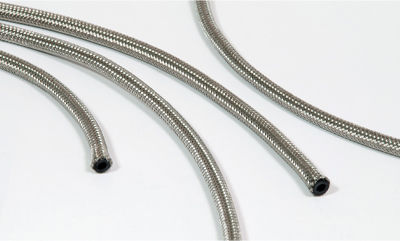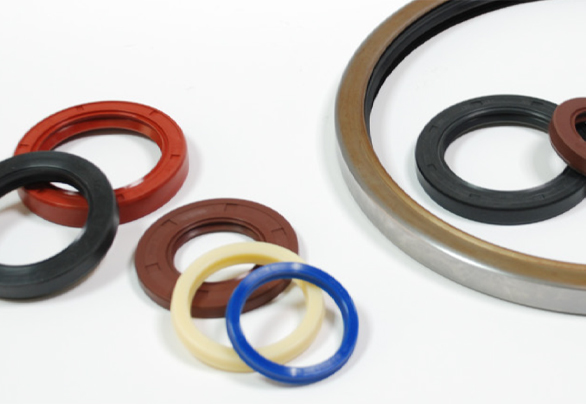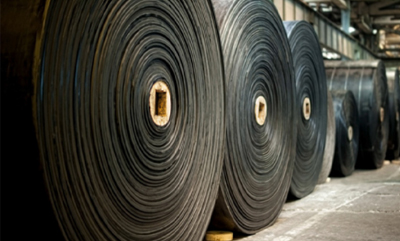- Home
- Applications
- Rail Vehicle
Rail Vehicle
Rail vehicles are driven on railroad tracks, with multiple carriages forming a train, covering public transportation systems such as high-speed rail, railroad, metro, and light rail transit. The vehicle is composed of five major elements, namely: body, steering rack, braking device, connecting buffer device, and internal equipment of the vehicle.
Due to rubber products having multi-functional purposes such as drainage, vibration control, and sealing, rail vehicles use a large number of rubber parts to achieve a balance between noise and vibration control.
For example:
Due to rubber products having multi-functional purposes such as drainage, vibration control, and sealing, rail vehicles use a large number of rubber parts to achieve a balance between noise and vibration control.
For example:
- The fabric pattern rubber hose is used for the transmission of braking power
- The rubber bearing axle reduces the torque of the steering rack
- The rubber strip is used for the door or window frame to isolate the noise inside and outside the carriage
- The O-ring is used for the oil leakage prevention
- The rubber foam strip is used for the vibration-damping seal of the air conditioning system
- The wire braided rubber pipe is used for the water transmission and the sewage discharge, etc.

Applicable Products
More

Industrial Multi-Reinforcement Rubber Hose
More

Industrial Rubber Hose
More

Industrial Steel Wire Reinforcement Rubber Hose
More

Single-Layer Rubber Hose
More

Dual-Layer Rubber Hose
More

Single-Reinforcement Rubber Hose
More

Dual-Reinforcement Rubber Hose
More

Wire Outer Reinforcement Rubber Hose
More

Formed Rubber Hose
More

Rubber Extrusion
More

Plastic Extrusion
More

Rubber + Sponge Co-Extrusion
More

Rubber Sponge Extrusion
More

Rubber Molded Parts / Rubber Injection Parts, Rubber Oil Seals, O Rings
More

Rubber Die Cut with Adhesive Tape
